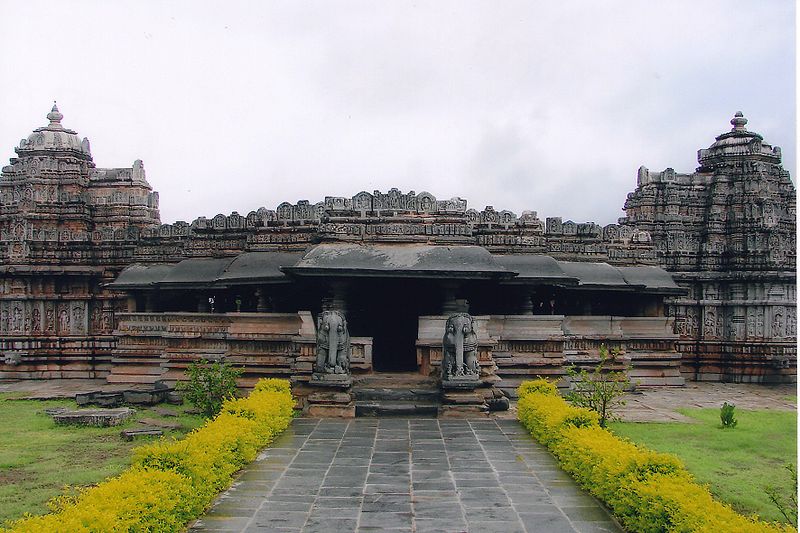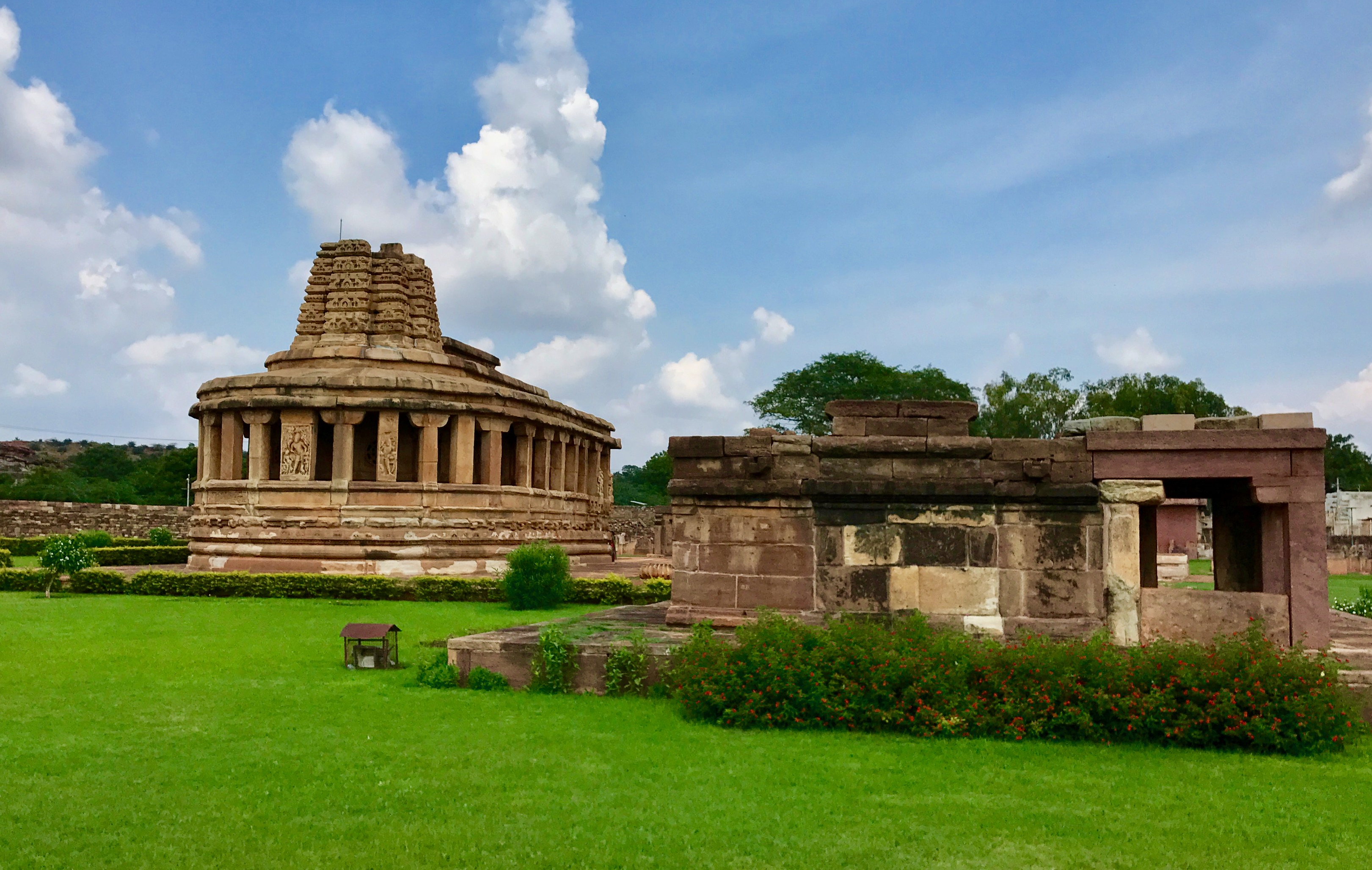The Dharmasthala Temple is a beautiful, historic temple that is 8 centuries old. It is dedicated to the Hindu God, Lord Shiva and is situated in the famous Dakshin Kannada district of the temple town of Dharmasthala.
Gateway of Dharmasthala. Image courtesy Dushan 7k
Dharmasthala Temple – An Overview
The Dharmasthala Manjunatha Temple although dedicated to Lord Shiva, is very unique in nature. Besides the primary deity, there are other idols like Dharma Daivas and Shakti or Ammanavaru as well as the four Guardian Spirits of Lord Dharma such as Kalarkayi, Kanyakumari, Kalarahu and Kumaraswamy.
Quick Facts about Dharmasthala Temple
- Main Deity: Lord Shiva
- Best time to Visit: Between October and February
- Temple Timings: 6.30 am -2.00 pm & 5.00 pm – 8.30 pm
- Entry Fee: Free
- Address: Sri Kshetra Dharmasthala, Dakshina Kannada, Dharmasthala- 574216 (MAP)
Dharmasthala Temple – History
There is an interesting story associated with the temple. The area was ideally in a village called Kuduma in Belthangady. The famous Jain Bunt chief – Birmanna Pergade, used to reside in his house Nelliadi Beedu along with his wife, Ammu Ballalthi.
Dharmasthala Temple. Image courtesy Naveenbm
As legend has it, one fine day, the four guardian angels of Lord Dharma masked themselves as human beings and entered the house. They were on a quest of Dharma preaching and propagation and received a very warm welcome in return. They even requested the chieftain to vacate the house, which the former accepted. Finally, they ended up making separate shrines for the 4 Daivas as well. A lot of this communication happened over dreams, and finally, dreams turned into reality.
After Pergade made the shrines, Brahman priests were invited to conduct the rituals, who then asked Pergade to construct a Shivalinga right next to the Daivas. The temple was later constructed around these significant structures.
Dharmasthala Manjunatha Temple – Family History
Birmanna Pergade and Ammu Ballalthi, the makers of the temple ideally, are the hereditary trustees of this temple. Different positions or designations are assigned to each member. While the eldest member acts as the Chief Administrator or Dharma Adhikari, he earns the title of the Heggade. He is entrusted with the duties of solving disputes of revolving around criminal and civil cases. This has been going on for twenty years now and currently, Veerendra Heggade is the Chief Administrator.
Dharmasthala Temple. Image courtesy Vedamurthy J
Dharmasthala Manjunatha Temple – Code of Conduct
The devotees are expected to conform to certain rules to pay respect to the sentiments associated with the temple. The men are supposed to remove their shirt and vest. While the ladies are not allowed to enter the temple wearing nighties, the men cannot enter wearing half pants.
Children below two years cannot enter the Sanctum Sanctorum. The following is allowed: offering food or annadana, giving free medicine or aushadhadana, helping the needy or abhayadana and providing education or vidyadana.
Dharmasthala Temple – Things to Do
Engage in Festivals
A number of festivals are celebrated at the place including the Ganesha festival, Diwali and Navarathri. Besides this, during the summer month of April, the Pattanajae Jatre is celebrated just before monsoons. One of the major festivals includes Laksha Deepothsava or the Festival of Lights towards the end of the year. It is accompanied by a number of cultural activities.
Climb a Famous Hill
The trip to the region is incomplete without heading to the Badinede Betta hill. The famous shrine and dwelling place of the four Dharma Daivas is atop the hill. The climb is totally worth it.
Visit the Museum
Manjusha Museum. mage courtesy NGowthami k
The Manjusha Museum is situated very close to the temple is a storehouse of armors, swords, old cameras, vintage car from Sri Veerendra Heggade’s collection etc.
How to Reach Dharmasthala Temple
The Dharmasthala Temple can easily be accessed from different points through various modes of transport.
By Road
Dharmasthala is about 300 kilometers from Bangalore and roughly 65 kilometers from Mangalore. It can be reached by road or through buses plying to Dharmasthala at frequent intervals.
By Rail
The railway station closest to the temple is that of Mangalore. People can board the train form Mangalore or Bangalore Railway Station.
By Air
The closest airport to the Dharmasthala Manjunatha Temple is Mangalore Airport at about 60 odd kilometers and
Kempegowda International Airport at about 300 odd kilometers.








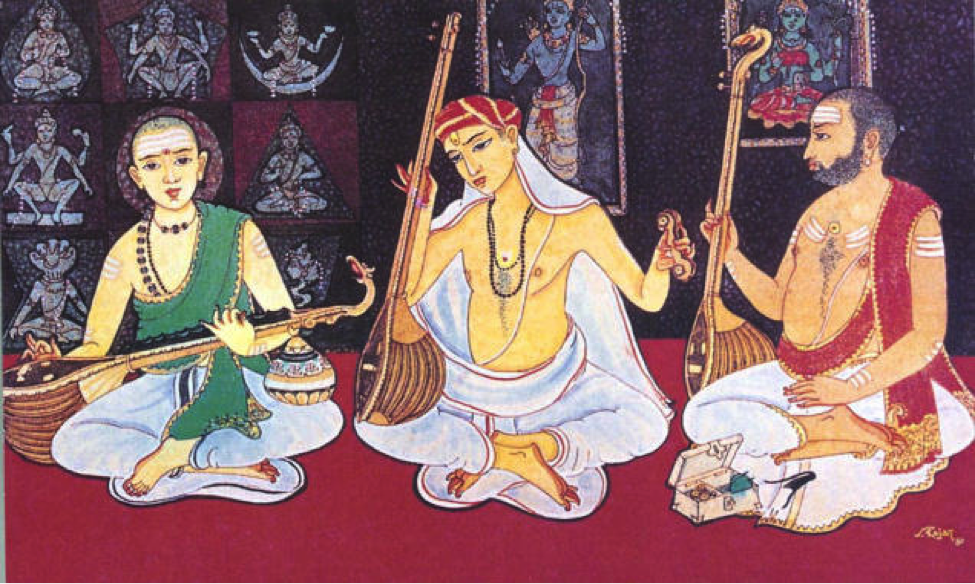

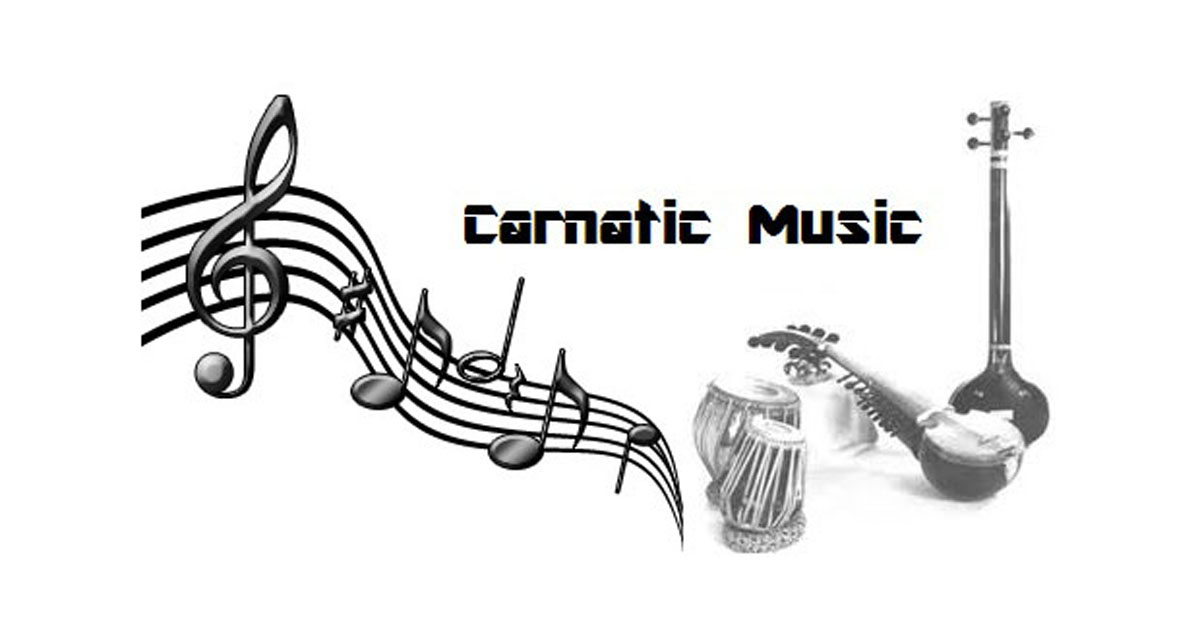
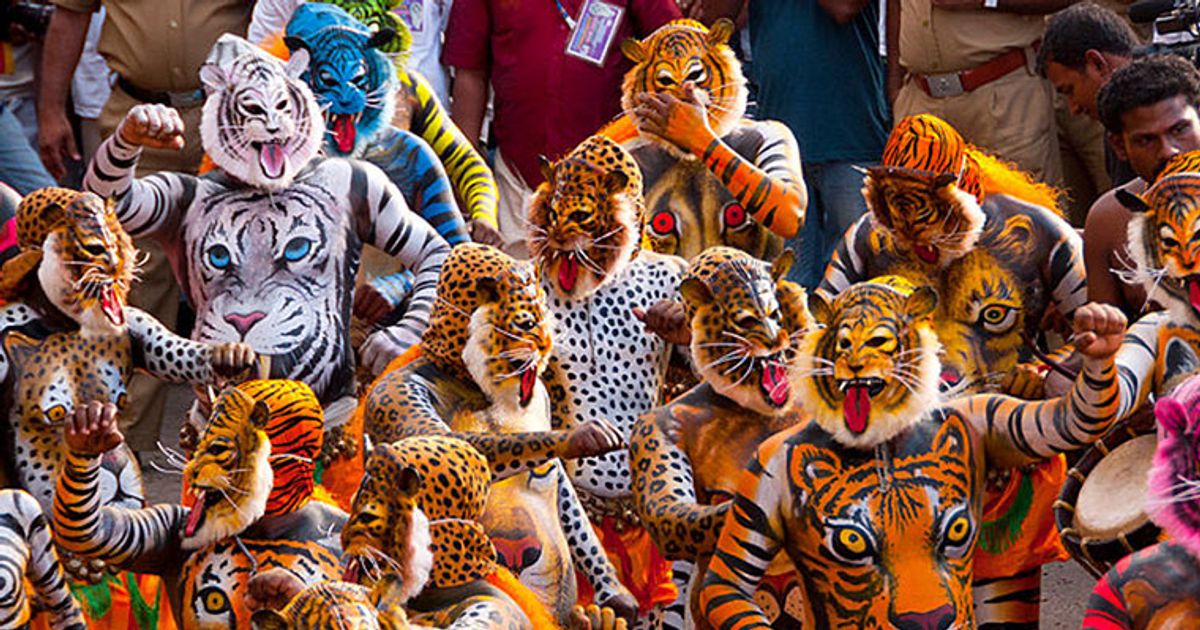




 .
. 


